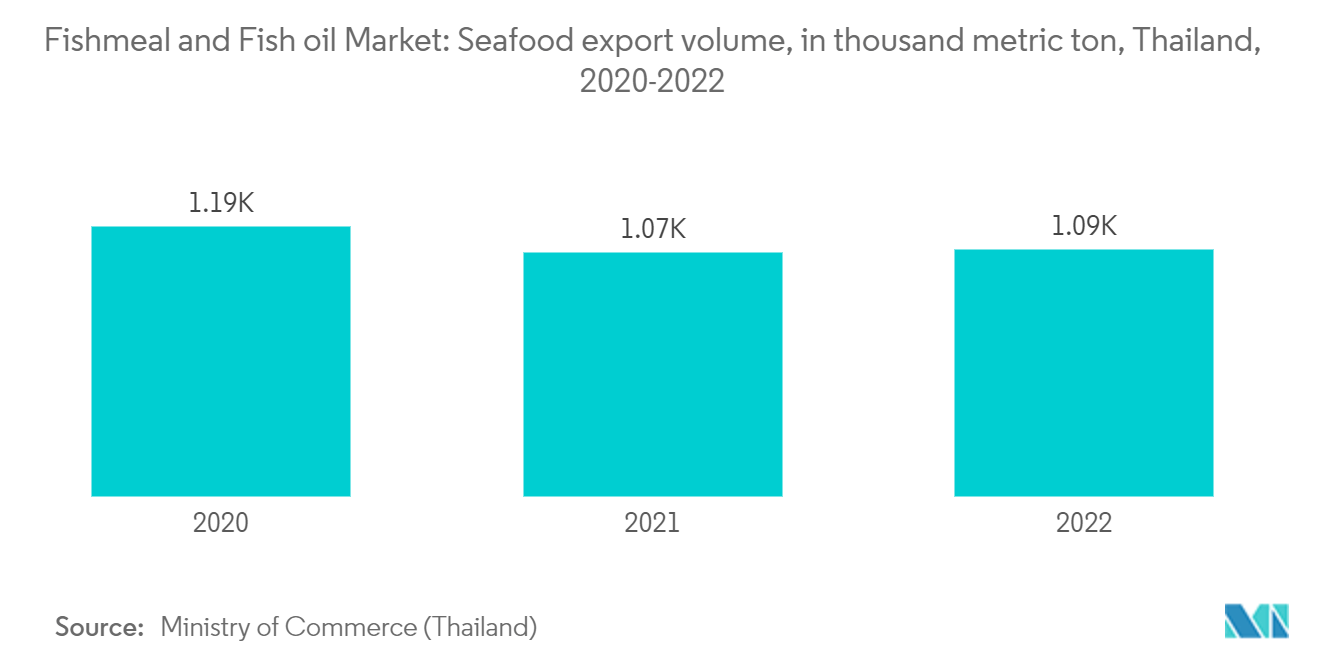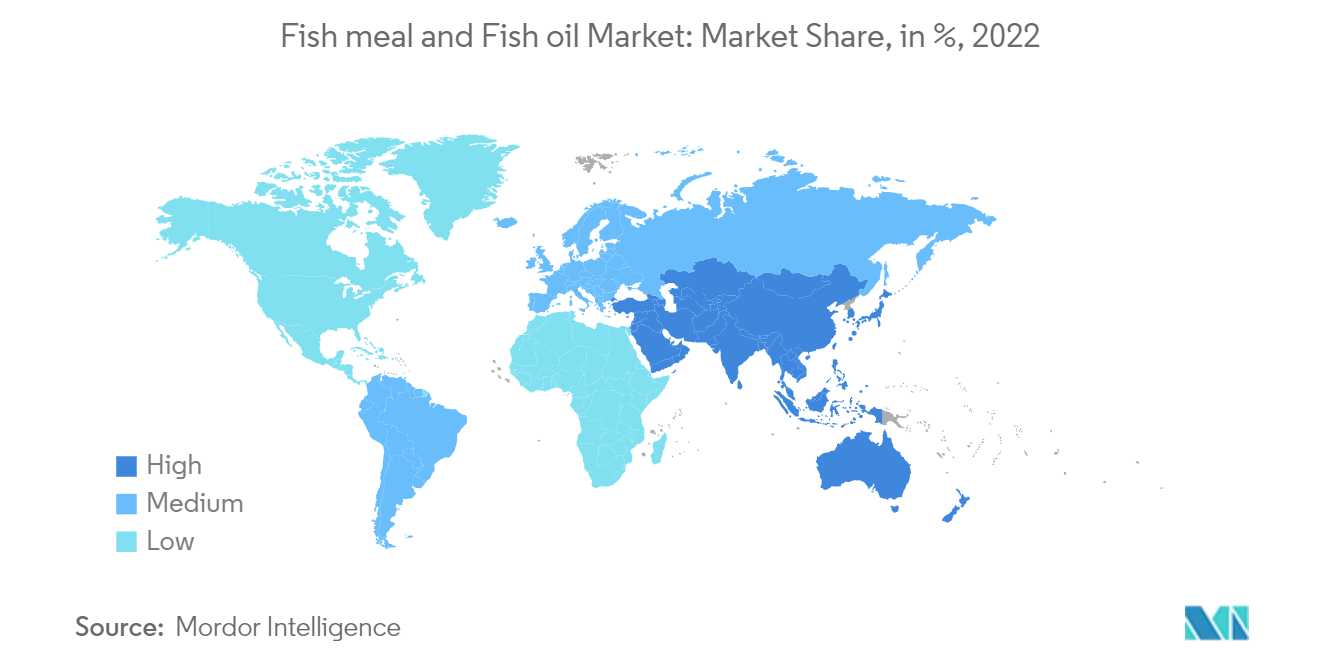Market Trends of Fishmeal And Fishoil Industry
High Consumption of Marine Fish
Marine fish species such as anchovies, sardines, and menhaden are high in protein and oils, which makes them ideal for processing into fishmeal and fish oil. These species are found in abundance and heavily fished for livestock and aquatic industrial purposes. Marine fishmeal offers several benefits for aquatic animals, such as enriched survival and development, improved disease immunity, and reduced occurrences of deformities. The significant growth of the marine fish industry in the future will also boost the fishmeal industry. Peru, China, Thailand, Vietnam, the US, Chile, Japan, Denmark, India, Norway, Ecuador, Morocco, Russia, Iceland, and Malaysia are the leading countries that have encouraged marine fish production. For instance, per the Ministry of Fisheries, Animal Husbandry & Dairying, India is the third largest fish-producing country, contributing 8% to global fish production and ranking second in aquaculture production. Hence, the rising production of marine fish drives the demand for fish meal and fish oil.

North America Dominates the Market
North America dominates the global fish meal and fish oil market in terms of production and consumption. In the region, the United States contributes a significant share due to the increasing government support within the country. The total covered area is 220 nautical miles under EEZ (Exclusive Economic Zone), where the US controls marine natural resources. This large area provides a massive opportunity for the marine industry, resulting in the growth of the fish meal and fish oil market. According to the International Fishmeal and Fish Oil Organization (IFFO), in 2021, the total production of fish meal increased by 5% and fish oil by 8% in the United States from 2020. According to the Food and Agriculture Organization (FAO), the total estimated fisheries and aquaculture production (excluding algae) are expected to expand further and reach 202 million metric tons by 2030 globally. Growth of aquaculture production is projected to continue in all continents, with variations in the range of species and products across countries and regions. Overall, the main factors behind the increase in consumption of aquatic food are high demand resulting from rising incomes and urbanization, the expansion of fisheries and aquaculture production, improvements in post-harvest methods, and distribution channels expanding the commercialization of aquatic products. Hence, the surging production of marine fish will lead to growth in the overall market studied in the region.


